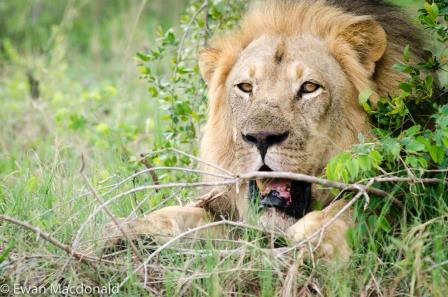News
A pan-African spatial assessment of human conflicts with lions and elephants
Conflict with humans is one of the major threats to wildlife across Africa. A study led by Enrico Di Minin of the University of Helsinki, and including WildCRU’s Hans Bauer, has recently described the scale of this threat for lions and elephants. They found that 82% of the areas in which lions and elephants exist are next to areas where people live or farm. Furthermore, 9% of the perimeter of these wildlife areas was considered to be at severe risk of conflict – this is where high densities of humans, crops and cattle are close to the boundaries of the wildlife areas. These severe risk areas are found in 18 countries and together hold 74% and 41% of remaining lion and elephant populations respectively.
Their study, published in Nature Communications, suggested that, of the conflict mitigation strategies which have been considered, carefully placed fences are the most promising option. While the risk of interfering with wildlife movement has to be taken into account, their findings show that fences would frequently be the most cost-effective strategy for protecting people, and for preventing further declines in lion and elephant populations. Such fences are predicted to provide considerable return on investment, especially in Tanzania, Ethiopia and Kenya.
Di Minin, E., Slotow, R., Fink, C., Bauer, H., & Packer, C. (2021). A pan-African spatial assessment of human conflicts with lions and elephants. Nature Communications, 12(1), 1-10.
-
 ©EWAN MACDONALD
©EWAN MACDONALD





